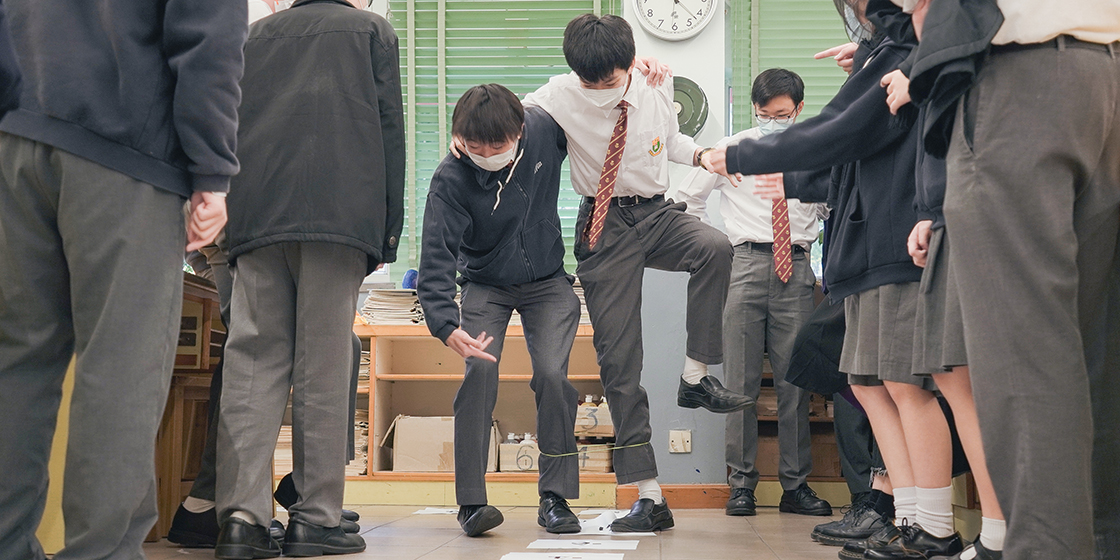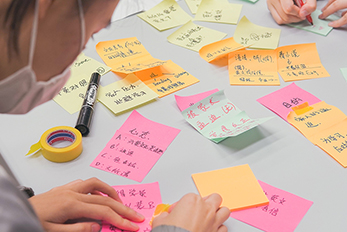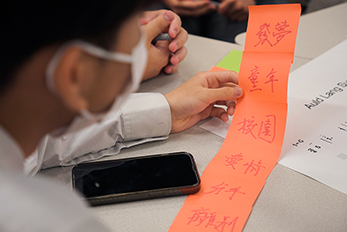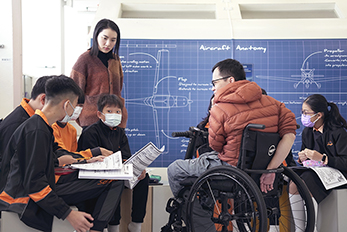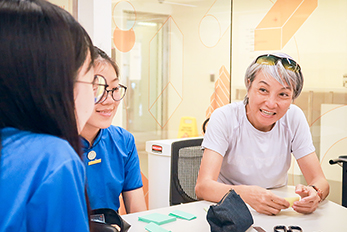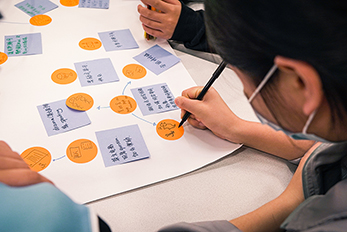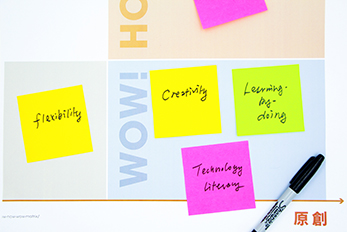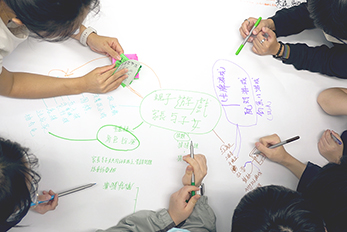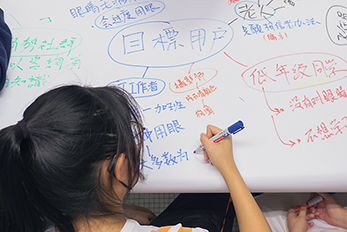WHAT is it?
This is a constructivist game-making exercise. Students design a physical game using limited resources. Each group designs their own game based only on 7 pieces of carton board.
WHY teach it?
By designing a game, students learn how to set rules for themselves. They also learn to design through comparison and identifying categories.
This task also allows students to experience evaluating their own work through first-person
testing and peer critique. This further exposes them to learning-by-doing, as playing the role of a user
for testing informs students about the good and bad points of their own design.
HOW to do it?
Instructions:
▸ Introduction (10 mins)
Explain the goal of the session and the several steps that the students will go through.
▸ Defining the game (30 mins)
First, use the game template to review and analyse a game that the students are familiar with.
Second, lead them to play with the carton board as a start.
Third, lead them to compare their initial ideas.
Fourth, ask them to set the goal/rules of the game.
To set the goal/rules, the design mentor can lead the group with reference to the model developed by Garris et al. (2002): Fantasy, Control, Rules, Sensory Stimulus, Mystery and Challenge, or the more detailed categories in the Playful Experience Framework (PLEX) (Korhonen et al., 2009).
▸ Viusalise gameplay (30 mins)
Students visualise possible gameplay scenarios using diagrams and test the game by playing it.
As a first round of debugging, students look for contradictions in their games and seek to improve the gameplay.
▸ Play to cheat (10 mins)
In a second round of debugging, the groups try to identify loopholes in the game and see if these can be fixed.
▸ User testing (10 mins)
Students from other groups are invited to play the game. The group then tries to improve the game based on their feedback. It is also important that students take into account their experiences of testing the games designed by other groups in looking to improve their own games.
▸ Game Fair (15 mins)
The groups showcase their games and invite others to play.
Chinese Glossary
Fantasy 奇幻想像
Control 控制
Rules 規則
Sensory Stimulus 感官刺激
Mystery 謎團
Challenge 挑戰
Teaching Tips
- As much as possible, encourage the students to move away from the table.
- As one of the main aims of the task is metacognitive, lead the students to reflect on their past experiences of playing games. Beyond this, little direction is required.
- Ask the following kinds of questions: How many people is this game designed for? Is this a team or individual game? Is this a competitive or cooperative game? Is this a construction game? Is this a dexterity game?
- Students are allowed to do whatever they want to the carton board: for example, they could fold it and cut it into pieces.
Reference
Garris, R., Ahlers, R. and Driskell, J.E. (2002) ‘Games, Motivation, and Learning: A Research and Practice Model, Simulation and Gaming’, Simulation & Gaming, 33(4), 441–467.
Korhonen, H., Montola, M. and Arrasvuori, J. (2009) ‘Understanding Playful Experiences Through Digital Games’, in Proceedings of the 2009 Conference on Designing Pleasurable Products and Interfaces (DPPI ‘09), 274–285.




